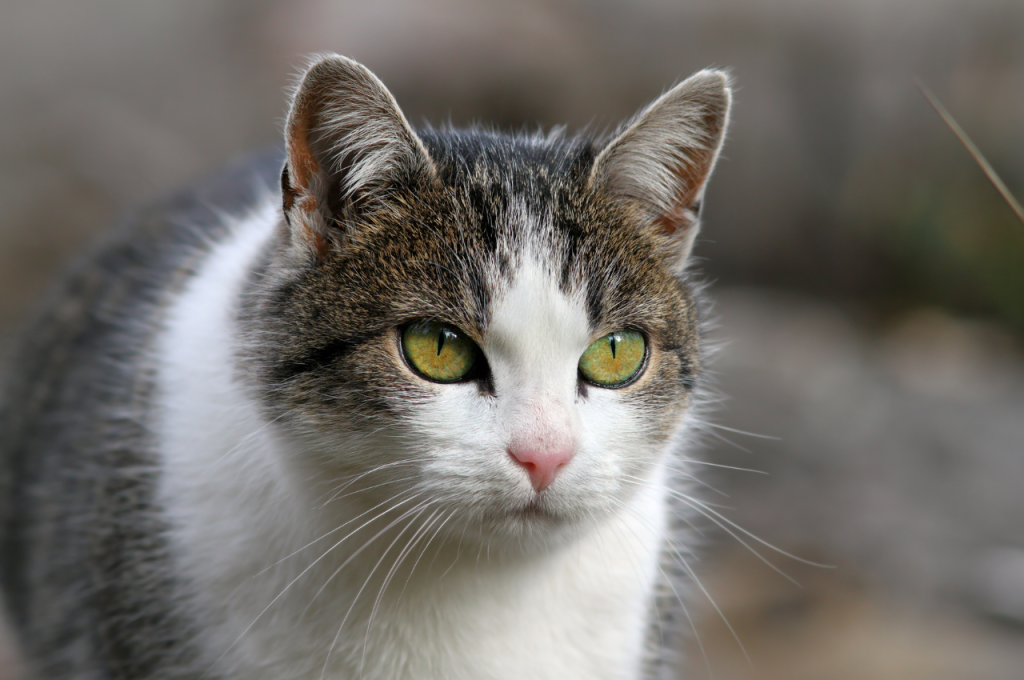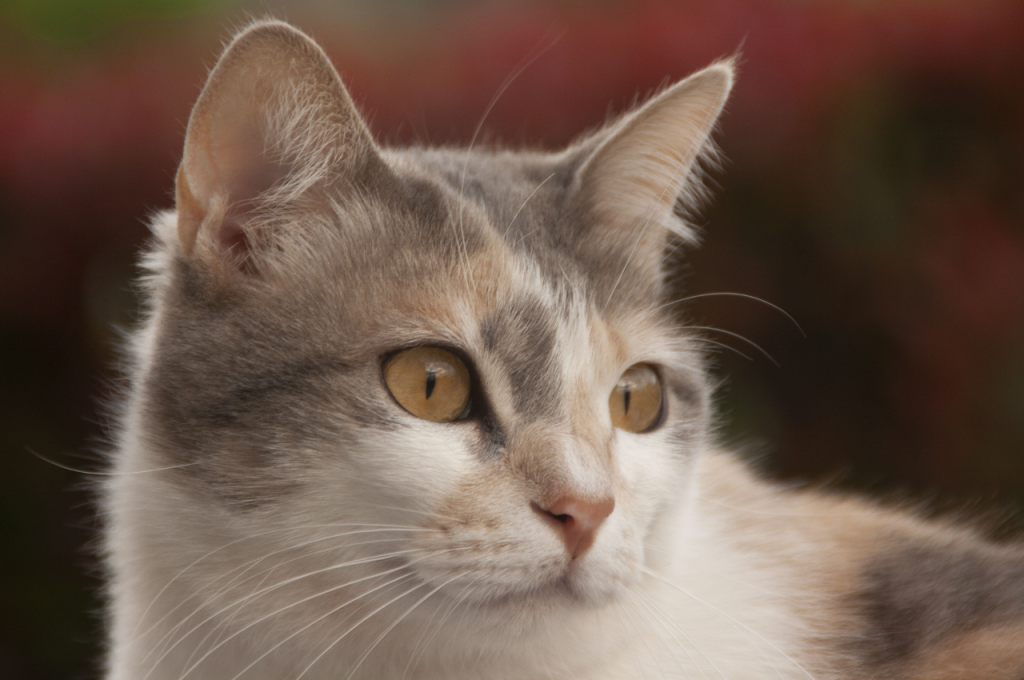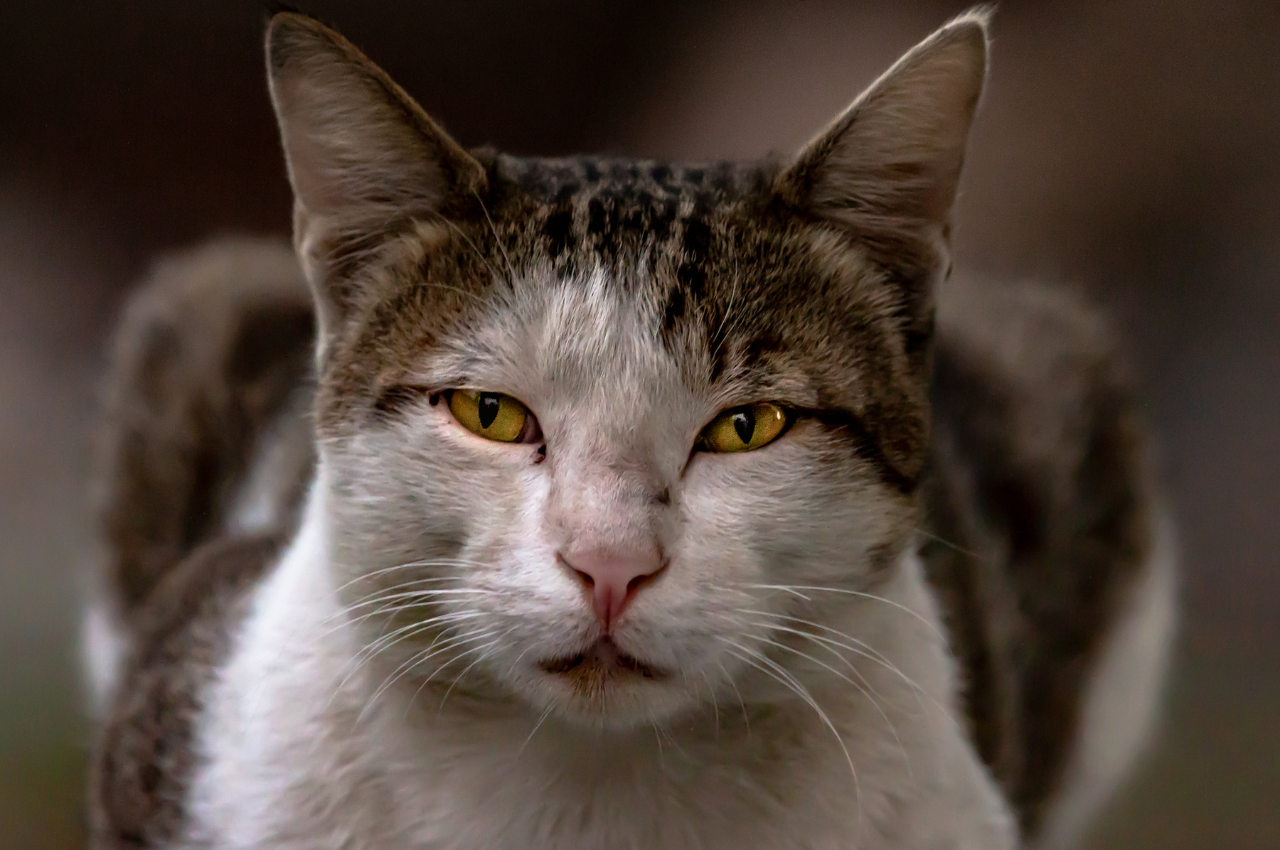Negative perceptions of cats include their reputation for being aloof, independent, and unaffectionate animals. Cats are often seen as mysterious creatures that keep to themselves, lacking the loyalty and companionship typically associated with dogs.
These stereotypes can lead to misconceptions about cats as being untrainable, unresponsive, and unsuitable for close human interaction. However, it is important to note that these negative perceptions are often based on limited understanding or personal experiences, as many cat owners can attest to the loving and affectionate nature of their feline companions. Cats can form strong bonds with their owners, provide emotional support, and exhibit playful and affectionate behavior when given proper care and attention.
Myths and Misconceptions Surrounding Cats
Myths and misconceptions surrounding cats have been prevalent for centuries, leading to negative perceptions and stereotypes. These misconceptions have influenced people’s attitudes towards cats, impacting their treatment and the ways they are perceived in various cultures. Understanding the historical origins and common stereotypes of cats can help dispel these myths and promote a more positive view of these fascinating animals.

Common Stereotypes of Cats
One common stereotype of cats is that they are aloof and unaffectionate. This misconception leads some individuals to believe that cats are not as loving or loyal as other pets, such as dogs. Another prevalent stereotype is that cats are manipulative and sneaky, often associated with superstitions and witchcraft in different cultures. Additionally, some people believe that cats are bad for the environment due to their hunting instincts and impact on local wildlife.
Historical Origins of Cat Myths
The historical origins of cat myths can be traced back to ancient civilizations, where cats were sometimes associated with deities and revered as sacred beings. However, as societies evolved, these positive associations transformed into negative superstitions and myths, leading to the demonization of cats in some cultures. These misconceptions have persisted over time, contributing to the negative perceptions and stereotypes that continue to influence public opinion about cats.
The Aloof Cat Image
Many people perceive cats as aloof creatures who are independent and unaffectionate. This negative image of cats being distant and detached has led to various misconceptions about their behavior and personality. Let’s delve into the reasons behind this perception and explore the evidence that challenges it.
Comparisons with Dogs
One reason for the aloof cat image is the frequent comparison with dogs, which are often seen as more openly affectionate and loyal. This contrast has perpetuated the stereotype of cats as standoffish and unloving, contributing to their negative perception in comparison to dogs.
Evidence of Feline Affection
Contrary to popular belief, cats do display affection towards their owners and other animals. They may express their fondness through purring, rubbing against their owners, or sitting close to them. Additionally, cats have been observed forming strong bonds with their human companions, demonstrating that they are capable of forming deep emotional connections.
Cats and Bad Luck
When it comes to negative perceptions of cats, one prevalent belief that has persisted through the ages is the association of cats with bad luck. This superstition has led to various cultural impacts and negative stereotypes, particularly concerning black cats.
Black Cats and Superstitions
Black cats have long been associated with superstitions and negative beliefs in many cultures. In some societies, they are considered harbingers of bad luck and are often linked to witchcraft and dark magic. This has resulted in black cats being unfairly stigmatized and mistreated due to these unfounded superstitions.
Cultural Impact on Cat Perceptions
The cultural impact of these superstitions has significantly influenced the overall perception of cats. In some cultures, cats are seen as mysterious and enigmatic creatures, often associated with supernatural and evil forces. These negative perceptions have contributed to the unfair treatment and discrimination against cats, particularly black cats.
Cats as Independent Creatures
Cats are renowned for their independent nature, often valuing their autonomy and personal space. Unlike some other pets, cats generally require less constant attention and can entertain themselves for extended periods.
This independence allows them to thrive in a variety of living situations, from busy households to quiet apartments. They are skilled at self-care, including grooming and finding cozy spots to rest. While they may seek companionship and affection on their terms, cats are adept at managing on their own. This self-sufficiency makes them well-suited for people with varying schedules and lifestyles, as long as their basic needs for food, water, and occasional interaction are met.
Understanding Feline Autonomy
- Cats have a reputation for being independent and self-sufficient animals.
- They often prefer solitude and have a strong sense of autonomy.
Bonding with Independent Cats
- Building a bond with independent cats requires patience and respect for their space.
- Allow them to approach you on their terms to establish trust and mutual respect.
Cats as Destructive Animals
Cats are often viewed as destructive animals due to their tendency to scratch furniture and mark territory. The negative perceptions of cats include being aloof, independent, and causing messes around the house.

Cats have always been a topic of debate among pet owners. While some consider them as adorable creatures, others find them destructive and difficult to handle. One of the most common negative perceptions of cats is that they are destructive animals. This perception is not entirely untrue as cats have a natural tendency to scratch and climb.
Scratching and Climbing Behaviors
Scratching and climbing are innate behaviors that cats exhibit. Cats have sharp claws that they use to scratch on various surfaces. This is a way for them to keep their claws sharp and remove the dead outer layer. However, this behavior can cause damage to furniture, carpets, and curtains, leading to frustration among pet owners. Cats also love to climb and explore their surroundings. They can climb on curtains, shelves, and other high places in the house. This behavior can also lead to damage to household items and pose a risk to the cat’s safety.
Tips for Redirecting Destructive Actions
If you are a cat owner struggling with destructive behavior, there are ways to redirect their actions. Here are some tips that can help:
- Provide your cat with a scratching post or pad. This will give them a designated area to scratch and save your furniture.
- Trim your cat’s claws regularly to prevent damage to household items.
- Use deterrents like double-sided tape or aluminum foil on surfaces you don’t want your cat to scratch or climb on.
- Provide your cat with plenty of toys and activities to keep them entertained and distracted from destructive behavior.
- Consider investing in cat furniture like a cat tree or shelves to provide them with a safe and designated area to climb and explore.
In conclusion, while cats may have a reputation for being destructive, with the right training and tools, they can be trained to redirect their behavior and become great companions. As a cat owner, it’s important to understand and address your cat’s natural tendencies to prevent damage to household items and ensure their safety.
Health Concerns and Cats
Health concerns related to cats often stem from negative perceptions that can influence how people view these pets. Some common misconceptions include the belief that cats are unclean or that they carry more diseases than other animals.
However, many of these perceptions are unfounded. While cats can transmit certain diseases, such as toxoplasmosis or cat scratch fever, proper hygiene, and regular veterinary care significantly reduce these risks. Additionally, the health benefits of having a cat, including reduced stress and companionship, often outweigh these concerns. Educating pet owners about responsible cat care and addressing misconceptions can help improve the perception of cats and promote better health outcomes for both the animals and their human companions.
Allergies and Hygiene
- Cats can trigger allergies due to their dander and saliva.
- Regular hygiene practices like grooming and cleaning can help minimize these issues.
Benefits of Owning Cats
- Cats can provide companionship and reduce stress levels.
- Playing with cats can boost physical activity and mental well-being.
Cats and The ‘evil’ Label
Cats often get unfairly labeled as “evil” due to negative superstitions and myths. Some people associate them with bad luck or witchcraft, leading to a misunderstood perception of these independent and mysterious animals.
Folklore and Feline Demonization
Cats have been a part of human culture for thousands of years. However, they have also been associated with negative perceptions throughout history. One of the most common negative perceptions of cats is the label of ‘evil.’ This perception has roots in various cultures and has been perpetuated through folklore and superstition. In ancient Egypt, cats were revered and considered sacred animals. However, in medieval Europe, cats were associated with witchcraft and were believed to be the familiar of witches. This led to the widespread killing of cats during the witch hunts of the 16th and 17th centuries.
In more recent times, cats have been depicted as evil or malevolent in popular culture, such as in the film “Pet Sematary” and the musical “Cats.” These negative portrayals of cats have further perpetuated the idea that cats are associated with evil and darkness.
Challenging Negative Cultural Images
Despite these negative cultural images, many people today view cats as beloved pets and companions. In fact, cats are the second most popular pet in the United States, with over 42 million households owning at least one cat. To challenge these negative perceptions, it’s important to educate ourselves and others about the true nature of cats. Cats are not inherently evil or malicious creatures. They are simply animals that have their own unique personalities and behaviors. By understanding and appreciating these qualities, we can begin to shift the negative perceptions of cats and celebrate them for the wonderful companions they truly are.
Cats as Untrainable Pets
Cats are often perceived as untrainable due to their independent nature and resistance to commands. This misconception leads to negative perceptions about their behavior and trainability, which can deter potential cat owners from considering them as pets.
There is a common misconception that cats are untrainable and independent creatures that do not respond well to instructions. This misperception often leads to negative attitudes towards cats as pets, and many people opt for dogs instead. However, the truth is that cats can be trained, and they can learn to perform various tasks and behaviors.
Success Stories of Trained Cats
There are many success stories of trained cats that prove that felines can be taught to perform various tasks. For example, some cats are trained to use the toilet instead of the litter box, while others are trained to perform tricks like dogs. Additionally, cats can be trained to walk on a leash and respond to basic commands like sit, come, and stay.
Encouraging Positive Cat Behaviors
Training a cat requires patience and consistency. Encouraging positive behaviors can help create a bond between the cat and its owner. Positive reinforcement, such as treats and praise, can be used to encourage desirable behaviors. Additionally, cats respond well to routines, and owners should establish a consistent schedule for feeding, playing, and sleeping. Overall, cats are not untrainable pets as many people think. With the right approach and consistent training, cats can learn various behaviors and tricks. It is important to encourage positive behaviors through positive reinforcement and establish a consistent routine to create a strong bond with your furry friend.
Debunking The Myths: Positive Cat Advocacy
Negative perceptions of cats are often fueled by myths and misconceptions. However, through positive cat advocacy, we can debunk these misunderstandings and promote a better understanding of these fascinating creatures. Discover the truth behind the stereotypes and embrace the beauty and uniqueness of our feline friends.

There are several negative perceptions of cats that have been circulating for years. Many of these myths are propagated by the media, and some are due to a lack of education and understanding of feline behavior. These negative perceptions have led to the mistreatment and neglect of cats. However, there is a need to debunk these myths and promote positive advocacy for cats.
Role of Media and Education
The media plays a significant role in shaping our perception of cats. Unfortunately, many movies, cartoons, and TV shows portray cats as evil, sneaky, and unlovable creatures. These negative portrayals can result in people developing a dislike for cats. Education is crucial in debunking these myths and changing people’s perceptions. It is essential to educate people on the importance of cats in our ecosystem and their role as loving and affectionate companions.
Promoting Responsible Cat Ownership
Promoting responsible cat ownership is another way to change people’s perceptions of cats. Many of the negative perceptions arise from irresponsible cat ownership, such as allowing cats to roam freely outside or not spaying and neutering them. It is crucial to educate cat owners on responsible ownership and the importance of spaying and neutering to prevent overpopulation.
In conclusion, it is time to debunk the myths surrounding cats and promote positive advocacy for these amazing creatures. Through education and responsible ownership, we can change people’s perceptions of cats and help eradicate the mistreatment and neglect they face. Let us work together to ensure that cats receive the love and respect they deserve.
Conclusion
Ultimately, despite negative perceptions, cats remain beloved companions for many. Understanding their behaviors and needs helps dispel misconceptions. By promoting positive interactions and education, we can change perceptions and foster appreciation for these fascinating creatures. Embracing their quirks and unique personalities can lead to fulfilling relationships with our feline friends.
